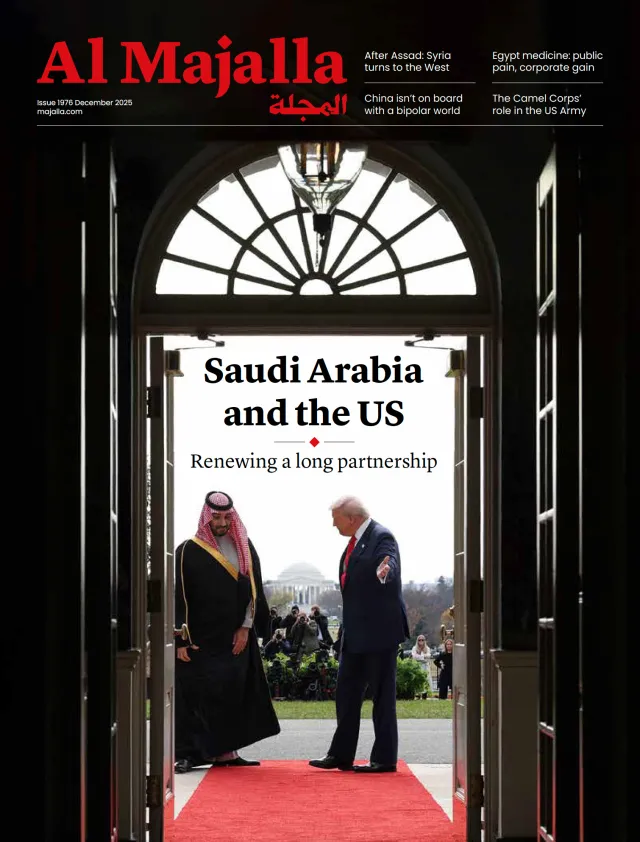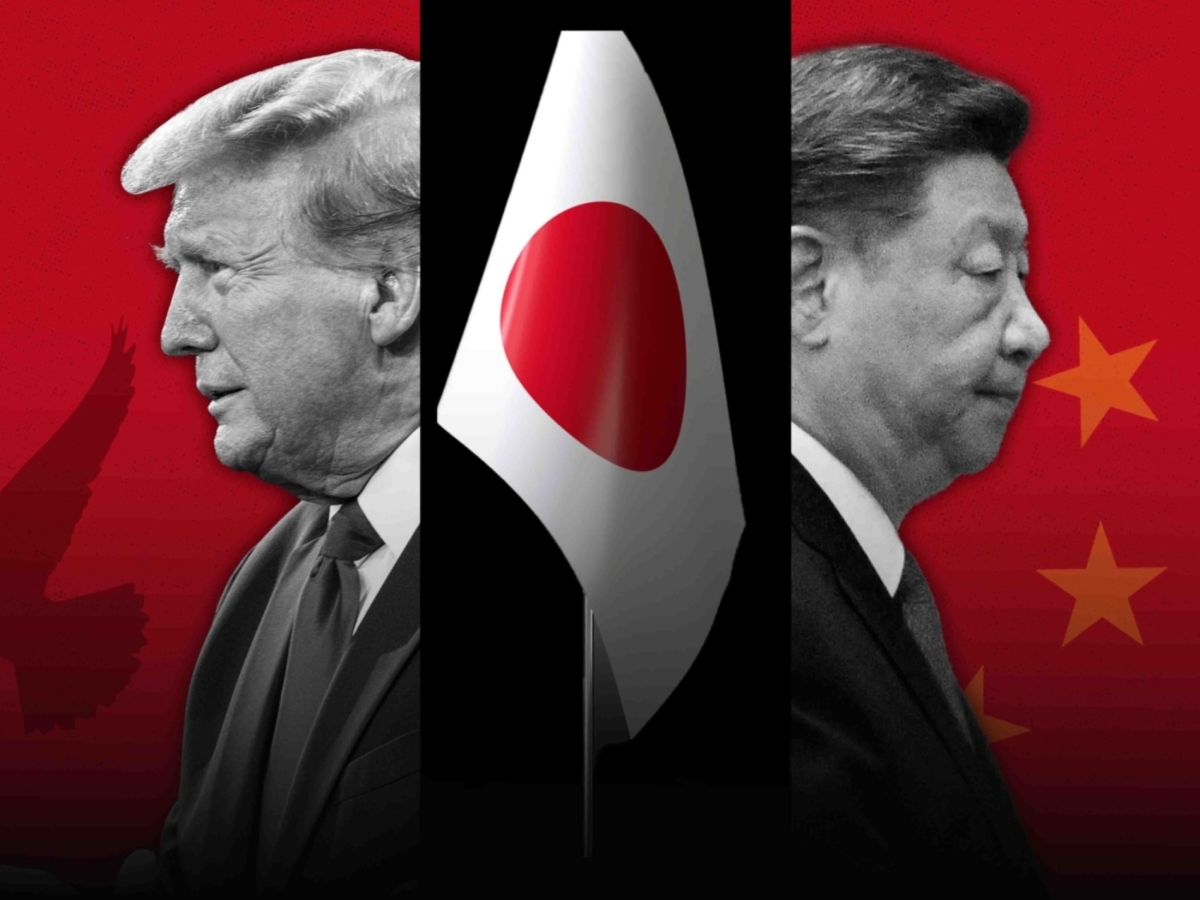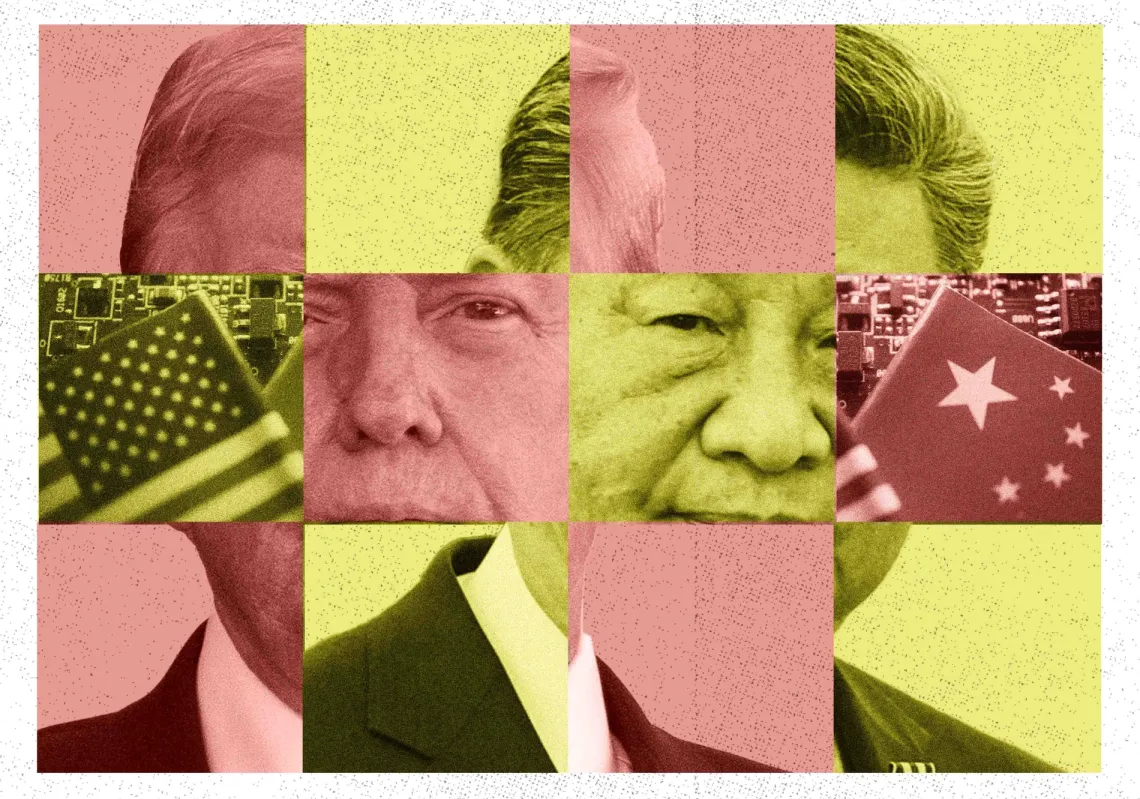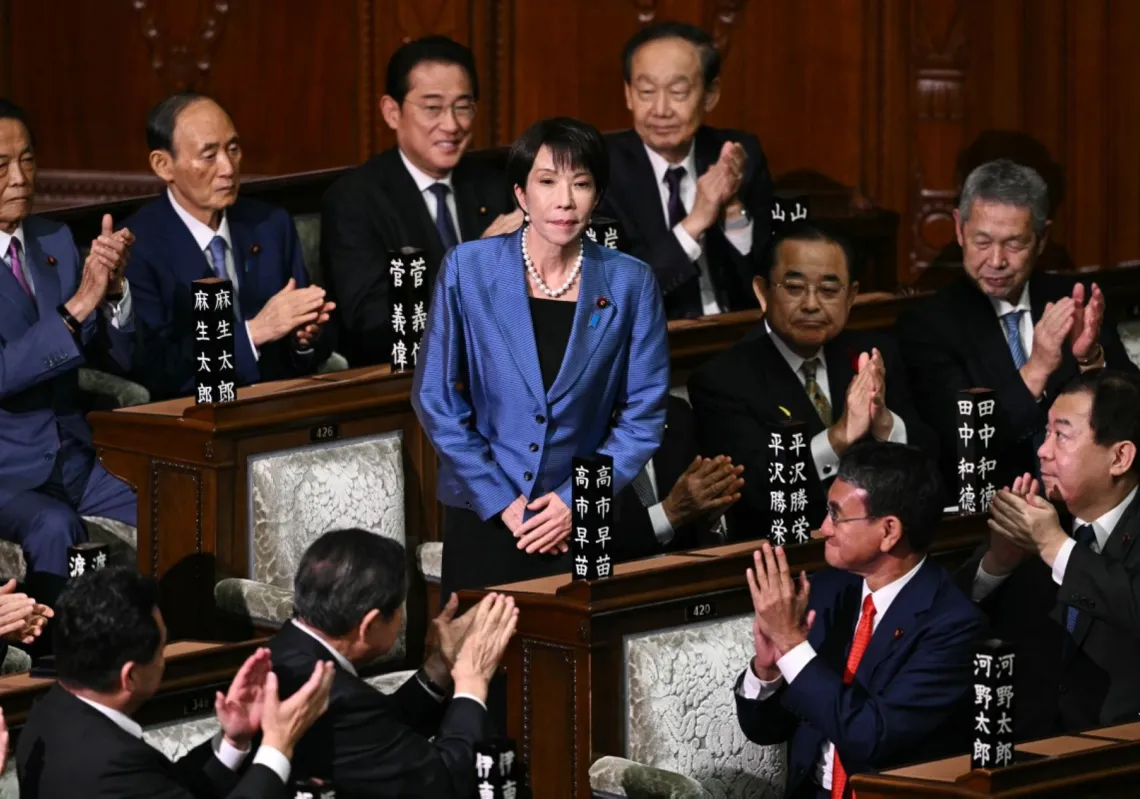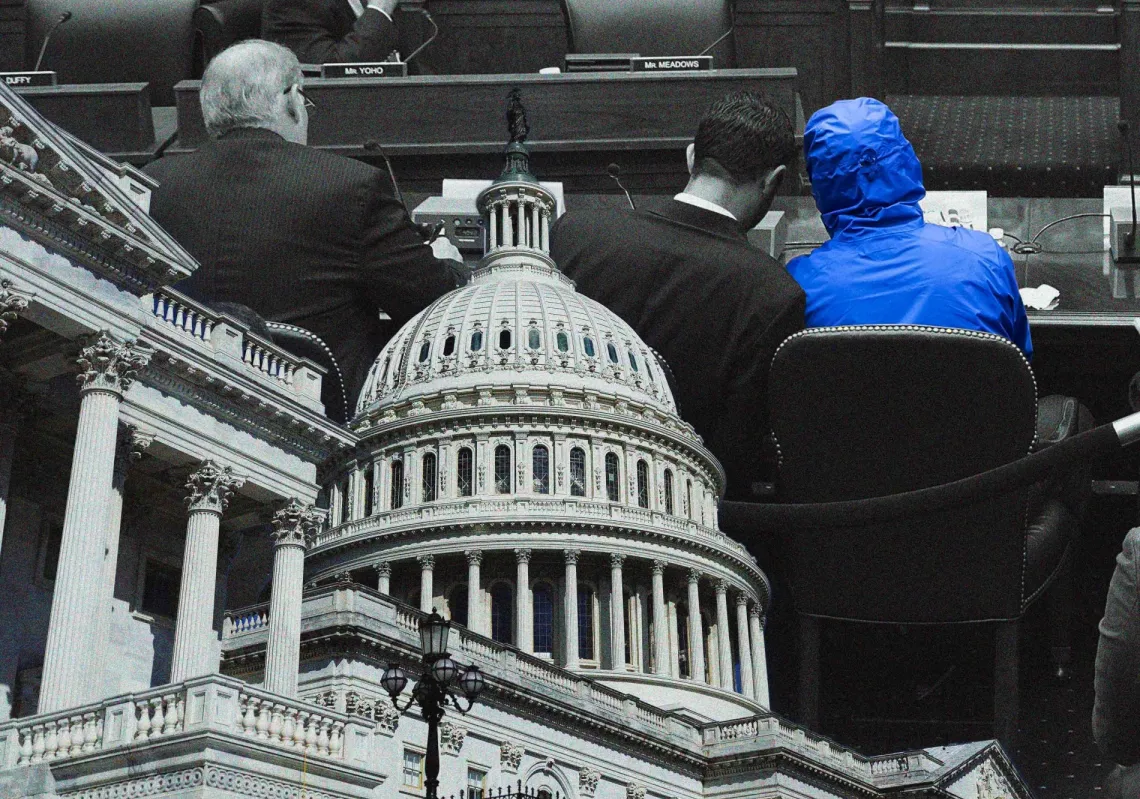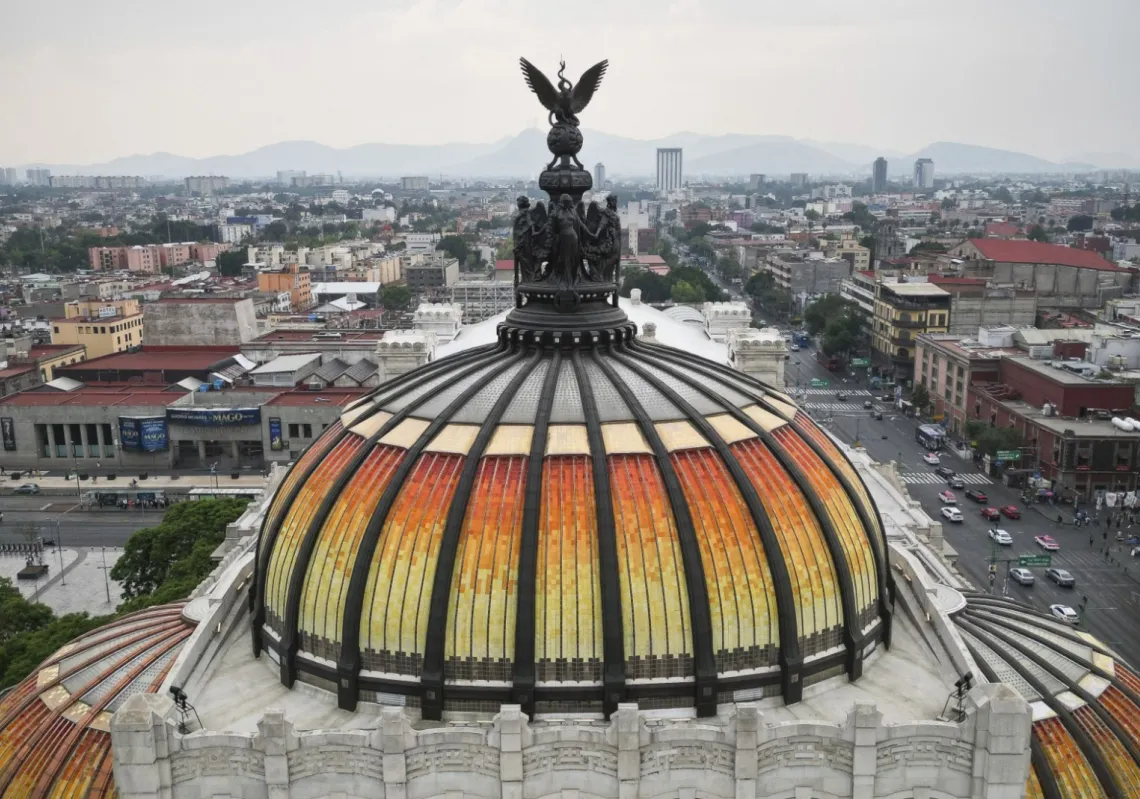This was not my first visit to Japan. Every time I've been here over the past two decades, the country seems different. I feel as if I am stepping into a time laboratory, where the past and future quietly converse. But Japan sheds its skin without ever losing its soul. Its body may age, yet its eyes retain their brilliance.
I began my journey in Osaka—a city that manages its population density with quiet precision. Queues move in an unspoken rhythm, technology serves as a tool rather than a display, and public spaces are treated as shared treasures. The streets are free of clamour, and progress weaves itself discreetly into the fabric of daily life.
I arrived as the city prepared to bid farewell to Expo 2025, passing the torch to Riyadh Expo 2030. I had been to Osaka years earlier, readying itself for this event, and now I returned to witness its close. The scene—marked by respectful bows, measured applause, and music that treaded softly along the edges of order—was more than a celebration. It was a bridge between two renaissances: Japan, which crafted its miracle in the 20th century, and Saudi Arabia, redefining ambition in the 21st. It felt like a symbolic moment—one that encapsulated two eras and two visions: from discipline to aspiration, from experience to renewal.
In the exhibition halls, I wandered through numerous pavilions. I entered a room dedicated to artificial intelligence. It glowed with cool light, screens pulsed with shifting images, and robots moved as if learning to emulate human caution. In Osaka, progress feels like an act of reflection rather than a race. While the world discusses China’s ascent and the rivalry among great powers, Japan forges its own path—one of patience.
Osaka—in the spirit of Expo 2025—does not dazzle with novelty but convinces with utility. It presents an understated future, adding function without seeking admiration. Yet, in the background, a question chased me throughout my journey: how does Japan coexist with an increasingly powerful neighbour that is becoming more assertive—testing its boundaries at sea, in the air, and economically—without forsaking its tranquil nature?
Hiroshima: here, nothing is ordinary
From Osaka, the high-speed Shinkansen sent me to Hiroshima. The ride felt quick, but it was long enough to hear the hum of the future tied down to the weight of memory. Rice fields stretched in astonishing geometric precision, and small houses were neatly dotted along the path.
Hiroshima treads gently on the edges of history. Here, nothing is ordinary. The very air carries a reminder that pain can be transformed into a lesson. In the Peace Memorial Park, trees sway beside the scarred Atomic Bomb Dome, and schoolchildren in uniform carry flowers, hanging hundreds of origami cranes on branches. Each crane bears words of peace, hope, and remembrance for the victims. Tourists queue to snap pictures of the arch visited by President Barack Obama as a gesture of reconciliation with the past.
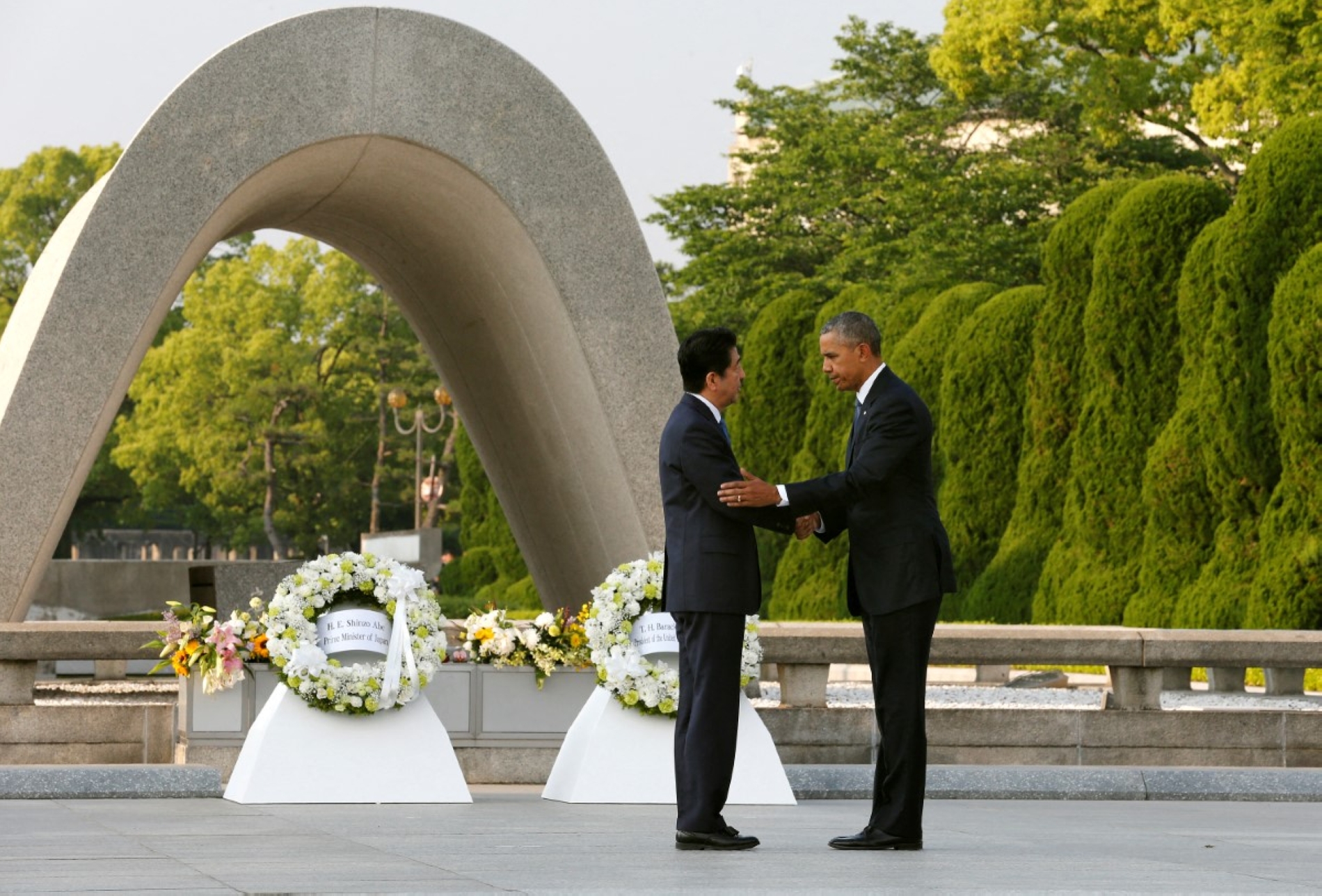
Here, memory is not a call to arms nor a pretext for vengeance but a lesson in ethics. Visitors enter the museum to confront an ugly truth. The tragedy is taught not to be invoked but to be managed. Respect for humanity, through respect for facts, has become a code of conduct. This inclination toward order and civility is not merely social etiquette—it is a defence mechanism. As one Japanese speaker noted, “Our nation learned the meaning of defeat early and chose to respond with order.”
Kyoto: narrow alleys, big questions
From Hiroshima to Kyoto, the language may change, but the essence endures. The narrow alleys feel unconfined. Paths are clearly marked, and temples remain vibrant because they are treated as living assets rather than frozen relics. Even elderly vendors distil philosophy into a simple triad: quietude, attentiveness, and order. Here, serenity becomes a form of architecture. This cultivated calm explains how Japan today navigates its quiet anxiety over China’s rise and the shifting global landscape.
Tokyo: a capital of precision and unease
In Tokyo—the capital that never sleeps—this anxiety evolves from a cultural undercurrent into tangible political and economic concerns. The city moves with clockwork precision, as if powered by human hands. From Shibuya’s skyscrapers and Ginza’s boutiques to the imperial gardens, every detail feels deliberate—every silence intentional. Yet beneath this discipline lies a subtle unease. In cafés and private conversations, discussions frequently turn to China’s rise, the threat of North Korea, and Russia’s resurgence. In a café near Ginza Station, a young man remarked, “We are the generation of caution. We live between the glory of our parents and our fear of becoming the weakest link in China’s era.”
The Japanese are not afraid—just introspective. This phrase captures their mood: silent reflection over shouting, contemplation over haste. But this time, something new stirs—political turbulence. One expert observed: “The internal crises are unprecedented: the collapse of the Liberal Democratic Party government, corruption allegations, stifling inflation, and the rise of populism.”
He added that Japanese populism differs from its Western counterparts, describing it as “a blend of demographic anxiety and economic strain.” With a rapidly ageing population, Japan faces a unique crisis, making immigration both an economic necessity and a source of growing social tension.
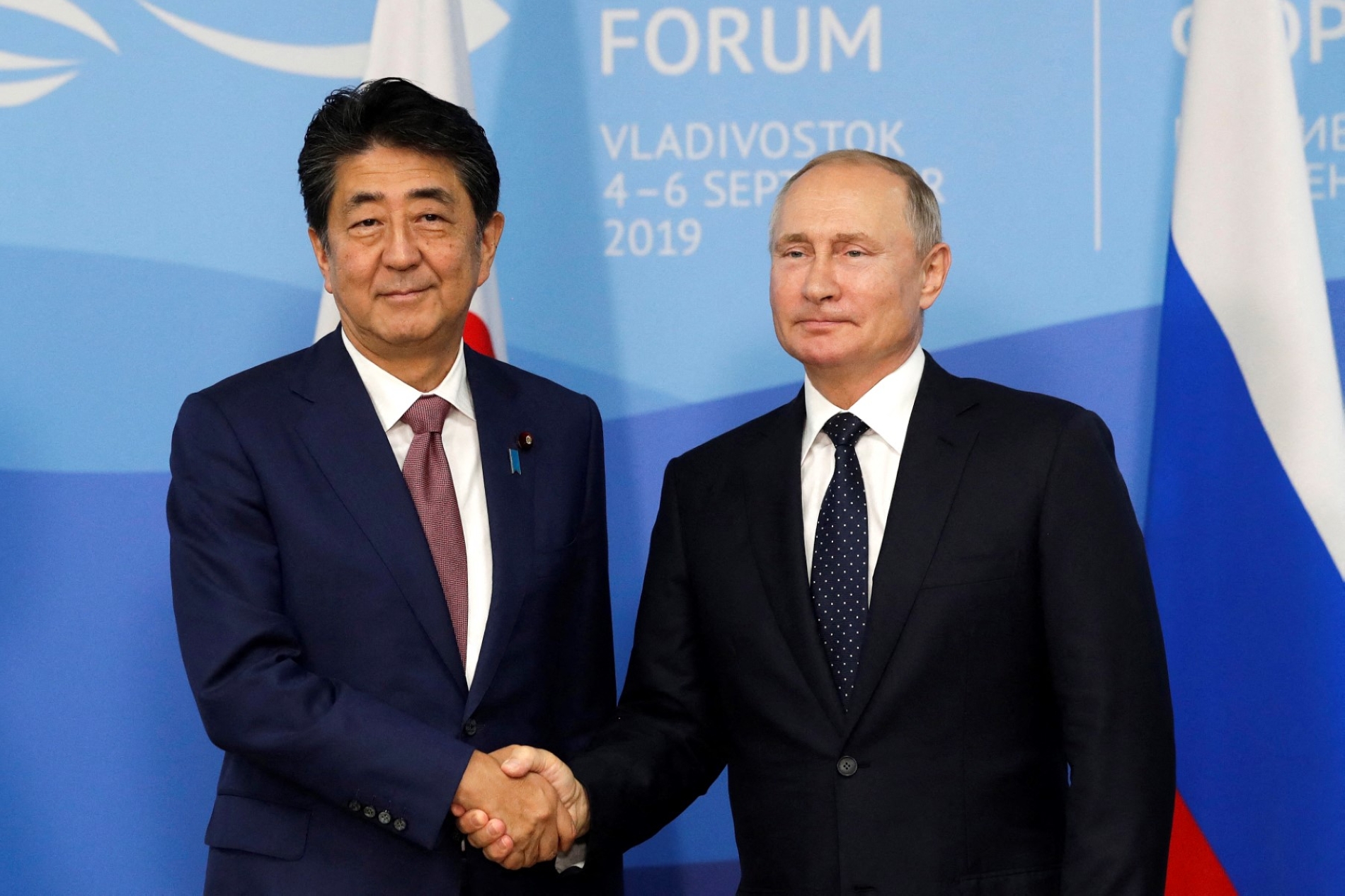
Shifting geopolitics and challenges
These islands, scattered across the waters, now gaze into a mirror framed by external threats. In past visits, the national conversation often centred on a peace treaty with Russia. The late Prime Minister Shinzo Abe met President Vladimir Putin 28 times to resolve the legacy of the disputed islands and secure a peace agreement that Tokyo had waited for over 80 years. Today, the landscape has shifted. There is a clear condemnation of Russia’s invasion of Ukraine and a growing consensus that the old framework is untenable. Concerns mount over China’s increasing assertiveness in the Senkaku Islands and North Korea’s missile tests, which serve as regular reminders of the limits of patience.
Amid this internal fragility, Japan strives to maintain external equilibrium. Its alliance and comprehensive security agreement with the United States remain intact, yet the use of force and building a traditional army are still prohibited under Japan’s post-war constitution. In a tense geopolitical environment—Russia to the north, North Korea to the east, and China to the south and west—Japan’s security hinges on its relationship with Washington—only now, Trump is in charge, not Biden.
Japan’s Self-Defence Forces number around 200,000, yet the country struggles to get younger generations to enlist. “The idea of a military remains sensitive,” one expert noted, adding: “The world has changed, and wars are no longer confined to history books,” even as World War II weapons sit behind museum glass. Former Prime Minister Fumio Kishida’s government increased the defence budget following Russia’s invasion of Ukraine and has embarked on a plan to raise military spending to 2 % of GDP by 2027—the highest in seven decades.
Winds of anxiety
This time, the anxiety emanates not from the north but the south. China, wielding its economic and military might, continues to test Japan’s patience at sea and in the air. Beneath the surface lies a deeper concern that competition could give way to a strategic understanding between Presidents Donald Trump and Xi Jinping—one that could potentially be at Japan’s expense. “Tokyo is concerned about a possible trade deal between Trump and Xi struck behind its back,” an insider revealed.
This is why Japan raced to form a new government in time to host Trump on 28 October, ahead of his scheduled meeting with the Chinese president in South Korea. Last week, it elected its first female prime minister, Sanae Takaichi. Her task will be to balance the country's security imperatives with American expectations regarding burden-sharing, defence spending, and economic cooperation.
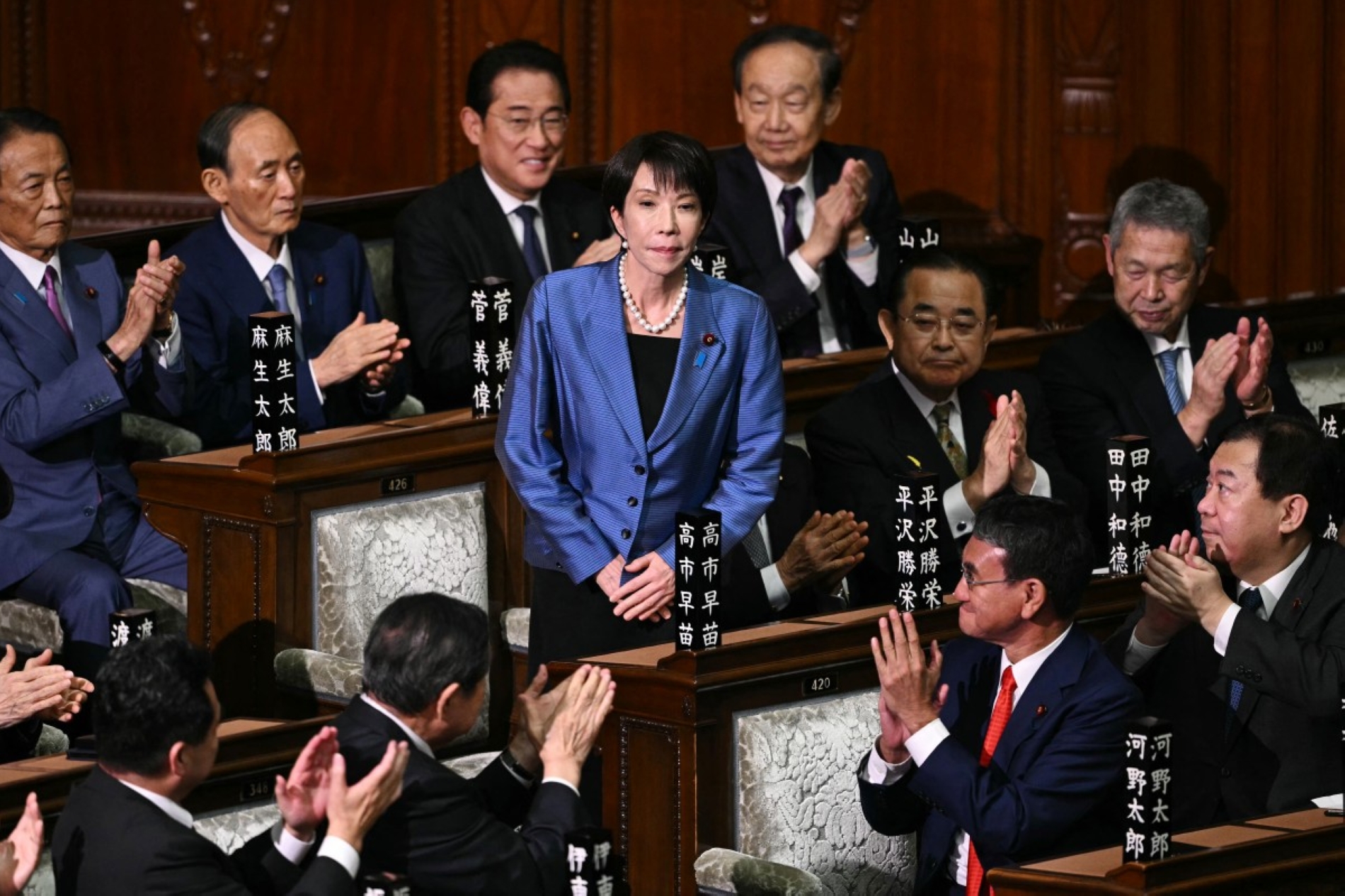
Read more: Sanae Takaichi: Japan's first female prime minister
The same source noted: “Biden used to state his opposition to any unilateral move by China regarding Taiwan. Now, Xi wants Trump to say he opposes any unilateral move by Taiwan. A subtle shift in phrasing could alter the balance of deterrence.” A seasoned diplomat, with experience in several major capitals, observed: “America played the role of global policeman for a long time and opened its markets. Trump wants to change that. He speaks of fairness—but fairness means different things to different people.”
China’s regional ambitions and Taiwan
As Japan and its allies grapple with questions about the reliability of their American partner, China advances steadily, entrenching its influence in Asia and strengthening ties with Russia and North Korea. Beijing supports Moscow’s war in Ukraine and buys large quantities of Russian oil. Vladimir Putin and Kim Jong Un’s attendance at China’s Victory Day celebrations was a symbolic gesture of a shifting regional alignment.
But what concerns Japan the most is the prospect of China annexing Taiwan. Any escalation would likely lead to a wave of refugees reaching Japan’s southern islands and could involve US bases in Okinawa, drawing Tokyo directly into the crisis. A military expert put it starkly: “Japan doesn’t want to become Taiwan—China’s Ukraine.” For this reason, Japan is quietly bolstering its defences without forgoing its pacifist identity.
The Senkaku Islands
On the ground, the waters around the Senkaku Islands have become a test of nerves. Japan has administered the islands since 1895, but they were largely overlooked until a 1969 United Nations report suggested they possessed potential oil reserves. Since then, China made calculated moves. First, it asserted sovereignty in 1992, and then, in 2008, it sent vessels into Japanese waters. In 2016, it deployed nearly 200 ships and conducted repeated incursions, including a Chinese helicopter breaching the islands’ airspace in May.
China now operates three aircraft carriers—one of which entered Japanese waters in September 2024, with two others conducting manoeuvres around Japan two months later. For Tokyo, these are not isolated incidents but part of what it calls “hostile normalisation”—turning friction into a routine that dulls the perception of threat. So far, Japan’s response has been measured yet meticulous: legal documentation, regular patrols, and advanced electronic surveillance to minimise the chance of a surprise attack.
“Japan does not seek escalation, but it will not accept change by force,” a senior diplomat stated. “We notify China of every breach of our territorial waters and maintain constant dialogue, as the absence of communication is the shortest path to misunderstanding.”
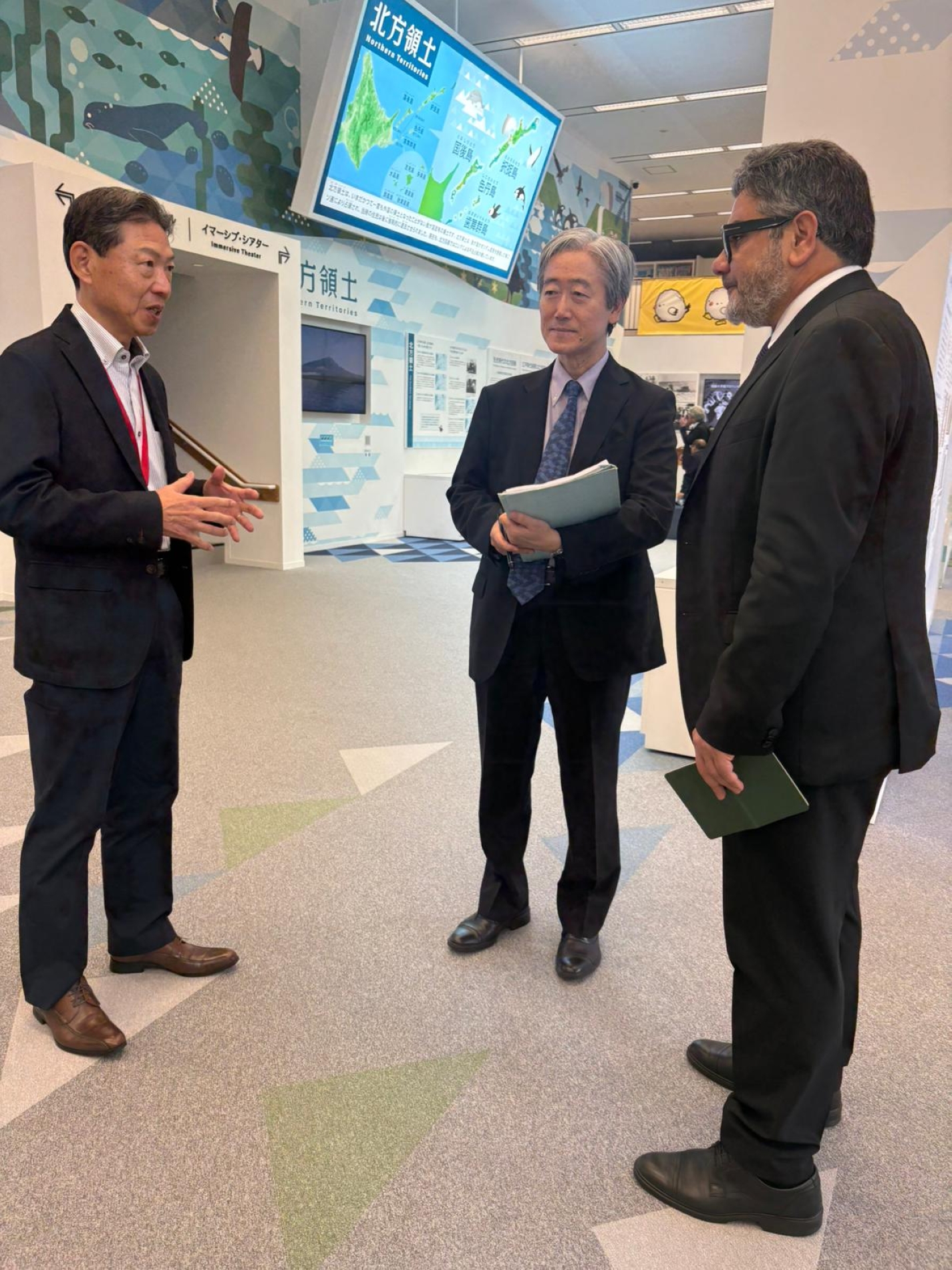
The philosophy of deterrence and economic security
In Japan, communication forms part of the philosophy of deterrence. Tokyo does not seek to sever ties with Beijing, but it does not fully trust it either. It continues to strengthen its maritime border forces, which now function as a small army in close coordination with the US and Australian navies while also conducting joint exercises with South Korea.
In parallel, the government has launched a public awareness initiative: a museum in central Japan dedicated to educating younger generations about maritime and sovereignty disputes with Russia, South Korea, and China. It is a modest step, but one that signals a cultural shift—from avoiding discussion of threats to fostering public understanding.
Japan’s confrontation with China is not solely military. It is pursuing “economic security”—a form of deterrence through civilian means. The strategy is not to cut ties but to reduce dependency. Tokyo has tightened export controls on 23 categories of advanced semiconductor manufacturing equipment destined for China while attracting significant domestic investment in the same sector. These projects are not merely economic but strategic, aimed at diminishing China’s leverage in critical global supply chains.
Navigating partnership, competition, and conflict
A recent survey revealed that 90%of Japanese respondents view China negatively, with a similar proportion of Chinese respondents expressing the same sentiment toward Japan. This psychological divide complicates mutual trust, but it does not negate the need for dialogue. A seasoned diplomat summed up the dilemma: “Japan cannot live in perpetual confrontation, but it cannot fully trust its neighbour either. That’s why we navigate between three worlds: partnership, competition, and conflict. The key is to maintain enough distance to allow dialogue while preventing descent into confrontation.”

